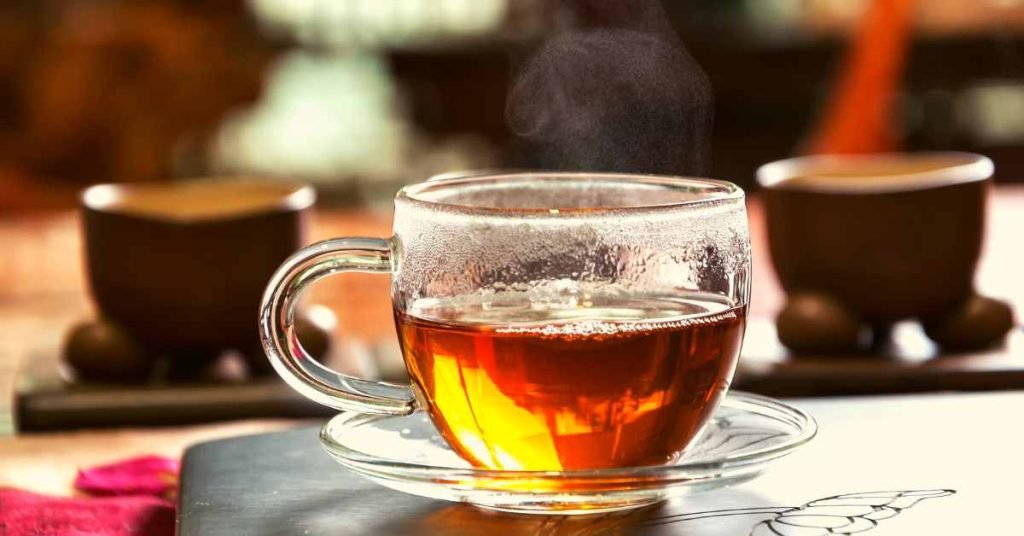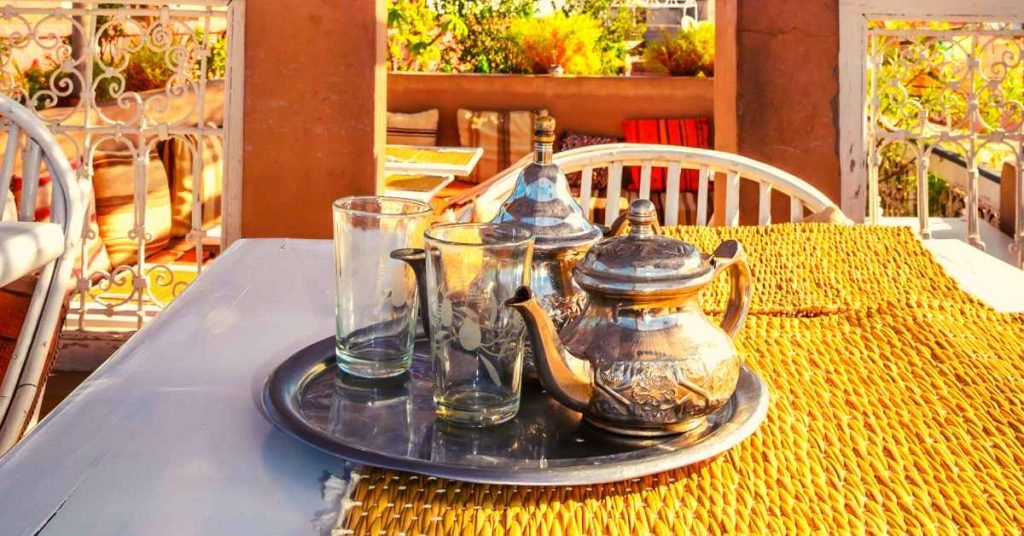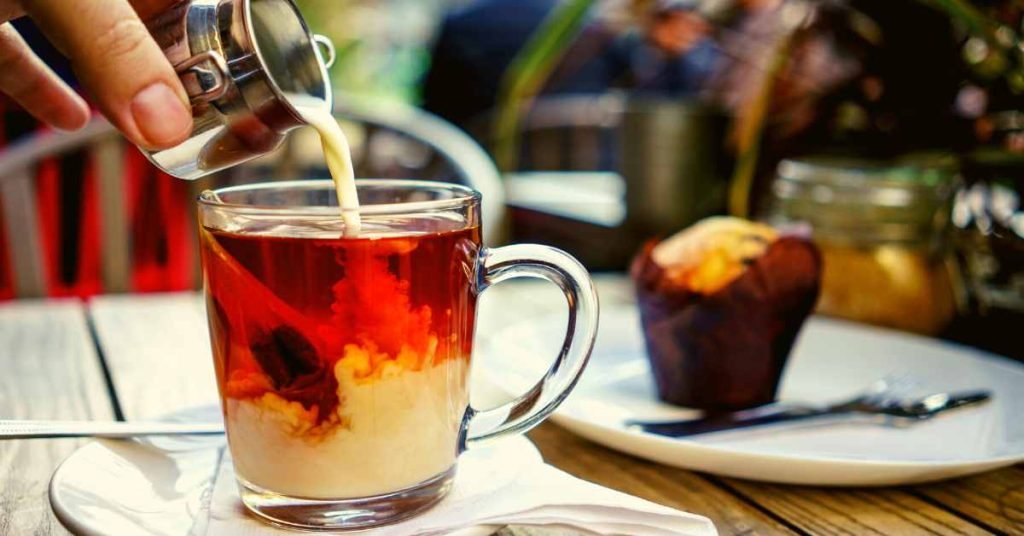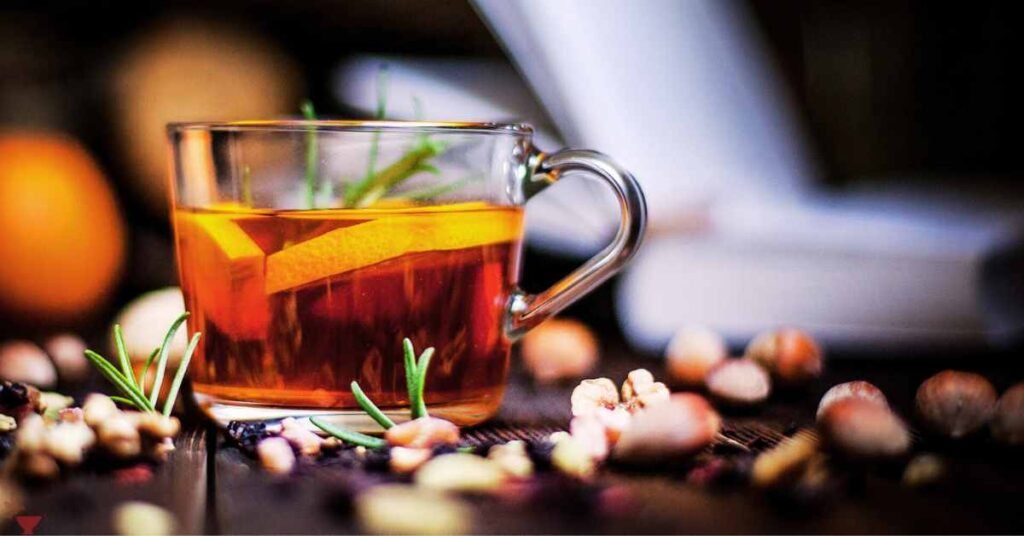The ritual of drinking a cup of tea is perhaps one of the oldest ceremonies that exist. Experts say that China, back in the year 2700 BC already performed tea rituals.
Subsequently, this tradition spread throughout the rest of the Orient and in the 16th century it reached Portugal, Holland, and finally England.
How curious, one of the countries to which this infusion arrived later and, today, the British are most famous for their five o’clock tea ritual.
In a British tea ceremony, never blow the tea

Let us begin our tour precisely in England, where tea has been the official beverage for centuries.
The English, and by extension the British, turn this ritual into a real ceremony surrounded by symbolism. Before serving tea, the crockery that will accompany this ritual is carefully chosen.
As for the time, although the so-called five o’clock tea has become popular worldwide, it is also a tradition to drink it between 15.00 and 17.00 hours.
British culture dictates that tea can only be drunk with milk or lemon (never mix them, please). The sugar must be served in cubes and the protocol states that 2 lumps are the maximum that can be added to a cup of this infusion.
The person who invites the tea is the one who serves it (he or she will serve himself or herself last) and the guests must serve themselves by placing the cup on a small tea plate, never lifting the cup to separate it from the plate when being served.
The drink is served, of course, in a teapot in which the tea leaves have been previously placed and boiling water has been poured.
It is also traditional in this English tea ceremony to accompany the drink with fine butter pastries or fruit cakes or scones. It is also served with savory foods such as cucumber, egg, salmon, cheese, or tomato sandwiches.
By the way, if you are at an English tea ceremony and the tea has been served very hot, do not blow out the contents of the cup as this is considered rude. You should gently swirl it around with a teaspoon.
In Japan, you can make noise while sipping tea: you will be the most grateful

In Japan, the tea ritual has nothing to do with the refinement of the English.
For these Orientals, the tea ceremony implies something more profound, with added values of respect, purity, harmony, tranquility, union, gratitude… It is a ceremony full of spirituality in which a light meal is usually served first.
The host prepares, first, the traditional cups to drink tea. They are made of porcelain with delicate drawings printed on them.
Once the cup is chosen, the tea (usually matcha tea) is brewed in a large bowl and a ladle is used to scoop up the tea and pour it into the cup. What is left over is returned to the bowl.
The guests must kneel and approach the host on their knees to pick up the cup of tea.
There is also another ceremonial variety in which the host offers a cup to the guests and they pass it to each other after drinking and cleaning the rim. In the end, the cup is handed back to the host showing great respect and gratitude.
In both rituals, the tea bowl is held with both hands, and before drinking a bow should be made as a sign of gratitude.
In Japan, it is polite to sip (make noise) when drinking, for the Japanese culture it is a sign of gratitude to the host person, in addition, sipping tea is a way to work in unison the sense of smell and taste.
China: fill your cup with tea and positive feelings

In the country that discovered tea, the ceremony requires the use of three teapots. The first is used to heat the water, the second to infuse the tea leaves, and the third teapot is used to serve the tea.
The host or hostess is the one who fills the cups (which do not have handles and have been previously heated in warm water) only up to half or a quarter of them. The rest of the cup should be filled by the guest with positive emotions (friendship, gratitude, respect…). The cups are grasped with the fingertips.
All the movements performed in the tea ceremony have a very strong symbolism.
They are performed to show respect to the water with which the tea is to be brewed, appreciation for the tea leaves, and consideration, above all, to the guests who will be able to taste the tea.
The concept of purity is also very present in the Chinese ceremony, the purity of spirit and mind, a purity that through tea we introduce into our organism.
In both China and Japan, it is customary to offer a cup of tea as a token of respect and gratitude. In these two countries, the tea ceremony is also practiced as meditation.
India, a symbol of courtesy

In this Asian country, the ritual of this infusion is marked by a black tea that is infused with milk. In India, cinnamon, ginger, anise, ginger, cloves, or pepper are often added. The tea is also often served with fine cookies.
In India, as in most eastern regions, offering a cup of tea is a symbol of courtesy, even in the streets of many cities there are stalls where you can consume a delicious cup of tea.
In Morocco, tea is drunk in a small glass cup

Just as British tradition dictates that tea should be drunk in a cup, in Morocco (and by extension in most African countries) tea is served in a small crystal glass. Tradition dictates that mint tea is the most commonly used for an authentic ritual.
It is prepared on a metal tray, with teapots also of this same material in which boiling water is poured.
When it comes to serving it, the Moroccan tradition also contrasts with the British, because while the Europeans serve the tea very close to the cup and without making hardly any noise, in Morocco the teapot is raised considerably from the glass so that, when pouring the tea, it “breaks” so that a soft foam emerges, thus enhancing its aroma and flavor.
The glasses in which it is served are small in size and are usually very brightly colored and varied.
If you travel to Morocco and you are offered a cup of tea, never refuse it as it is considered an offense and a lack of respect and education.
In Spain, more digestive than spiritual

In our country, as in most of the rest of Europe, the way of drinking tea is not as spiritual as in Eastern countries. However, it is an increasingly rooted tradition to opt for this type of infusion both at breakfast and after lunch or dinner.
Here, the container in which we drink it usually varies as it is equally enjoyed in a porcelain cup, ceramic cup, or glass cup, generally of large size.
Very often we choose to consume it in tea bags or individual tea pyramids, although it is also consumed in leaves, either whole or powdered.
The tea bags allow us to consume this infusion in a faster way, contrary to what happens in Eastern societies… How much we still have to learn from them!
In New York, very British style

Believe it or not, coffee is not the only beverage consumed in the USA. Tea is one of the most popular drinks among Americans.
Here we can find authentic tea rooms that offer this drink accompanied by cookies, scones, and sandwiches, British style. The time of tea in North America varies from the British since, normally, it is usually taken between 13.00 and 16.00 hours.
Tip for enjoying the full flavor of tea
One last tip that applies to all of the above ceremonies. To make the tea tastier and not lose its aroma, smell, and flavor, the teapot should be cleaned with water only. Do not even use scouring pads, cloths, or sponges, and, of course, no soap.
Tea experts assure you that this way of cleaning the teapot creates a film inside the teapot that significantly improves the properties of this beverage, so, enjoy!
MEDICAL DISCLAIMER
Itsnevernotteatime.com cannot and does not contain medical/health advice. The medical/health information is provided for general and educational purposes only and is not a substitute for professional advice.




